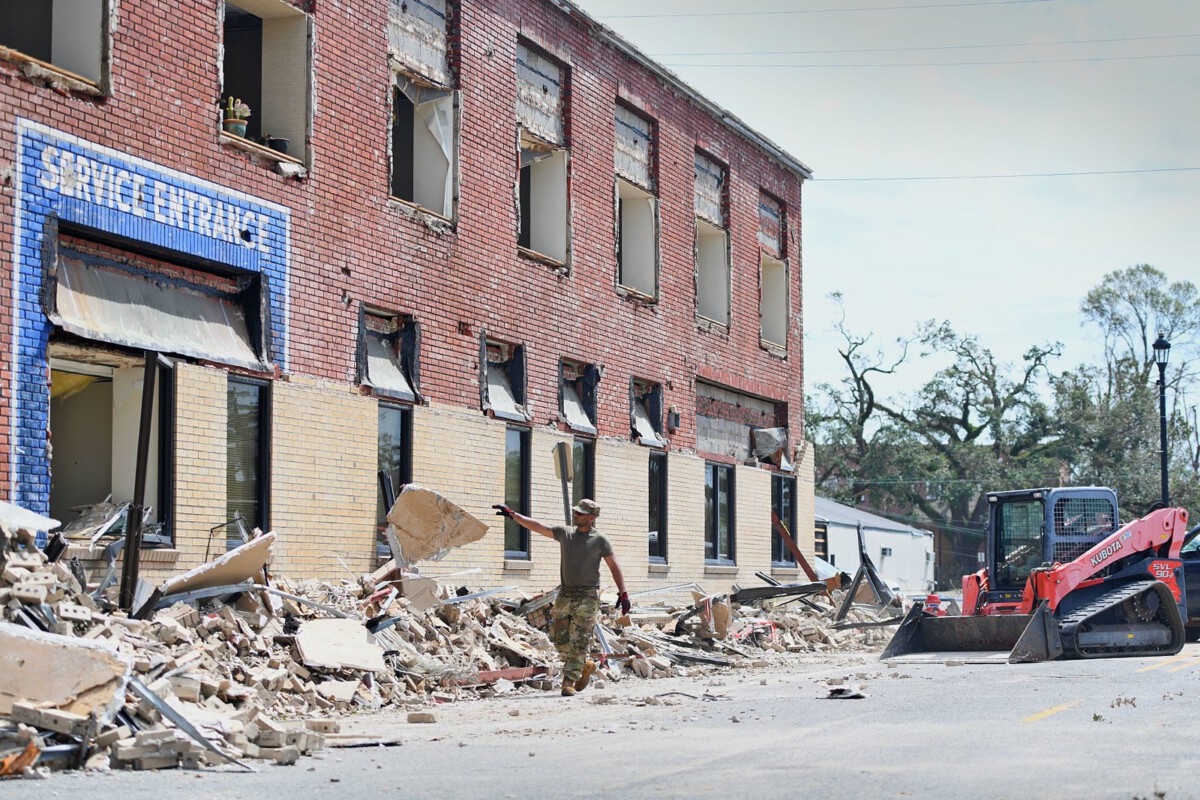
The Grim Find That Shook the Neighborhood (Image Credits: Pixabay)
Chicago’s Far South Side – A routine walk on a crisp Sunday morning shattered into nightmare when a passerby stumbled upon a lifeless body tucked away in a narrow alley, the air heavy with unspoken tension.
The Grim Find That Shook the Neighborhood
Imagine heading out for a simple stroll and encountering something straight out of a crime thriller. That’s exactly what happened around 10 a.m. on October 26, 2025, in the 11000 block of South Mackinaw Avenue. The unidentified woman lay there, her life ended by two close-range shots to the head.
Police arrived swiftly after the 911 call, but the scene raised immediate questions. No witnesses stepped forward right away, leaving detectives to piece together a puzzle from surveillance footage alone. It’s a stark reminder of how violence can erupt without warning in everyday spaces.
By Monday, her identity remained a mystery, adding layers of urgency to the investigation. Families across the city hold their breath, hoping for answers soon.
Dispatcher’s Chilling Observation
Here’s the hook that cuts deep: as first responders coordinated, the police dispatcher casually dropped a line that echoed louder than any siren. “And we don’t have a ShotSpotter,” she noted over the radio, highlighting a critical gap in the area’s safety net.
ShotSpotter, that network of sensors meant to detect gunfire instantly, had been pulled from this East Side stretch earlier in the year. Without it, the shots went unheard by tech, relying solely on a human tip-off. That delay? It could mean precious minutes lost in a race against time.
Critics have long debated the system’s effectiveness, but in moments like this, its absence feels profoundly real. The dispatcher’s words hung in the air, a quiet indictment of uneven protection across Chicago’s neighborhoods.
Details Emerging from the Scene
Chicago police described the victim as an adult woman, though specifics like age or description stayed under wraps pending notification of next of kin. The alley, a dimly lit path between residential blocks, offered little in the way of clues at first glance.
Surveillance captured her walking with two men moments before the gunfire erupted. Those images now fuel the manhunt, with Area Two detectives leading the charge. No arrests have surfaced yet, but the video provides a vital thread.
The brutality of the attack – two shots to the head – suggests it wasn’t random. Investigators lean toward a targeted incident, possibly tied to ongoing tensions in the area.
ShotSpotter’s Complicated Legacy in Chicago
ShotSpotter promised to revolutionize crime response, alerting officers to gunfire in seconds. Rolled out in high-risk zones, it aimed to bridge the silence of remote shootings. Yet, in 2025, the city scaled back its use amid budget woes and accuracy concerns.
This alley fell into one of those de-commissioned zones, part of a broader shift affecting the Far South Side. Supporters argue it still saves lives; detractors point to false alarms and privacy issues. Either way, its removal here amplified the isolation of that fatal moment.
- Deployment history: Started in 2012, peaked at over 700 square miles covered.
- Recent cuts: Removed from 60% of previous areas by mid-2025.
- Response impact: Studies show 10-20% faster arrivals where active.
- Cost factor: Annual expense tops $50 million citywide.
- Criticisms: High error rate, up to 80% in some audits.
- Alternatives: Community calls for more foot patrols instead.
Ripples Through the Community
News of the shooting spread quickly, stirring fear in a neighborhood already weary of violence. Residents whispered about recent upticks in crime, wondering if safety measures keep pace. One local, speaking anonymously, said it felt like the city turned its back on them.
Advocacy groups ramped up calls for reinstating tech or boosting patrols. The incident underscores a divide: wealthier areas get layers of protection, while others wait for help. It’s not just about one loss; it’s the pattern wearing down trust.
Still, community leaders urge vigilance. Neighborhood watches formed in response, eyes peeled for anything out of place. Unity might be the best defense until systemic changes catch up.
What’s Next for the Investigation
Detectives comb the area for more footage and tips, offering a $5,000 reward for solid leads. The medical examiner’s office confirmed the cause of death, ruling it a homicide. Area Two Violent Crimes now spearheads the case, vowing no stone unturned.
Public appeals flood social media, with posts urging anyone with info to come forward anonymously. As the days tick by, pressure mounts to name suspects from that video. Chicago’s resolve shines in these pursuits, even as the pain lingers.
Broader stats paint a tough picture: 2025 homicides hover around 350 citywide, a slight dip but still too high. This case adds to the tally, pushing for real reform.
Key Takeaways
- A woman’s life ended abruptly in a quiet alley, discovered only by chance without tech alerts.
- ShotSpotter’s absence spotlights uneven safety resources in Chicago’s neighborhoods.
- Community and police unite in the hunt for justice – tips could break the case wide open.
In the end, this tragedy strips away the illusions of safety in familiar places, urging us all to demand better. What steps can cities take to ensure no shot goes unheard? Share your thoughts in the comments below.



